30 August 2024
Healthy hedges deliver for biodiversity
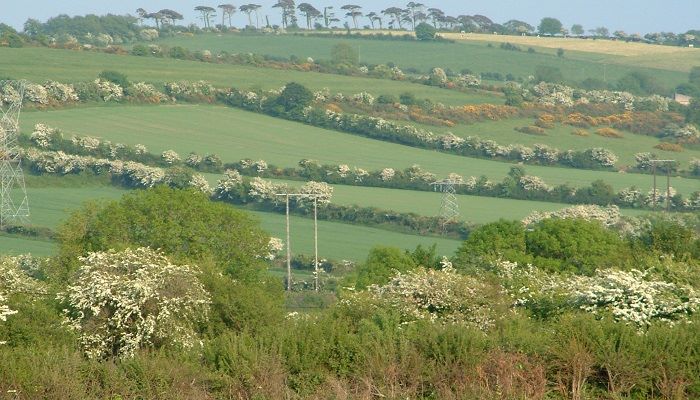
As part of National Hedgerow Week 2024, Catherine Keena, Teagasc Countryside Management Specialist, tells us of the biodiversity benefits of healthy hedges.
All native hedges are incredibly important for biodiversity. They are generally 200 years old and, in addition to the hedge plants, the ground vegetation and soil may contain a diverse range of flowering plants, grasses and invertebrates at the hedge base in gaps and in earth banks.
While bigger is better, diversity is desirable. However, only healthy hedges have a hope of delivering for biodiversity and climate. Avoid harmful hedge management practices such as:
- Reducing the height of treeline hedges, thus producing ‘upside down toilet brush’ hedges;
- Over flailing topped hedges, which will reduce the amount of vegetation particularly on the top of banks;
- Pushing over hedges with a digger as an improper method of hedge laying.
If planting new hedges, decide whether you want a topped hedge or treeline hedge. Both are good for biodiversity and carbon – if not mixed up and mismanaged – as frequently happens through a lack of understanding.
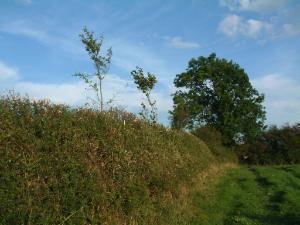
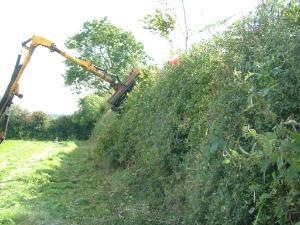
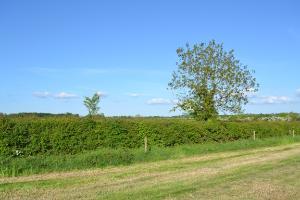
Examples of topped hedges
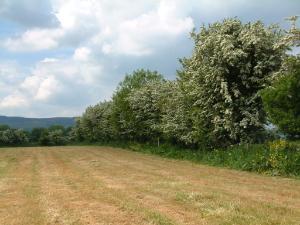
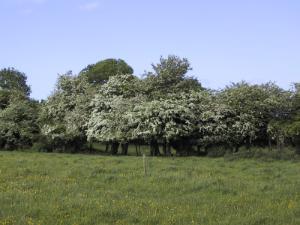
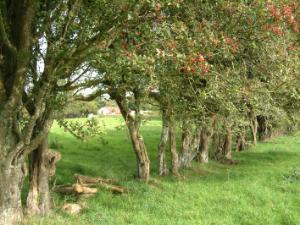
Examples of treeline hedges
Hedges should only be topped where there is a mass of dense growth at the base, growing actively in a triangular or A-shaped profile. The peak should be allowed to grow as tall as possible, while still cutting the growing point to prevent escaping. To achieve this, newly- planted whips are pruned at ground level and a strip of compostable film is pushed over the cut stumps, other than the whitethorn tree selected and protected with a tree guard. Treeline hedges are not pruned, but allowed grow up and must never be topped.
The biodiversity of treeline hedges is primarily in the canopy – full of flowers and fruit. Topped hedges with a dense base or laid hedges provide nest sites for birds with flowers and fruit on individual trees retained. A diversity of hedges including treeline hedges and topped hedges is desirable.
In the below video, Catherine Keena, Countryside Management Specialist with Teagasc explains the importance of our hedgerows and how only healthy hedges have a hope of delivering for biodiversity and climate.
This article was released as part of National Hedgerow Week 2024, a partnership between Teagasc and the Heritage Council.
Also read: Value of healthy hedgerows highlighted as National Hedgerow Week is launched
